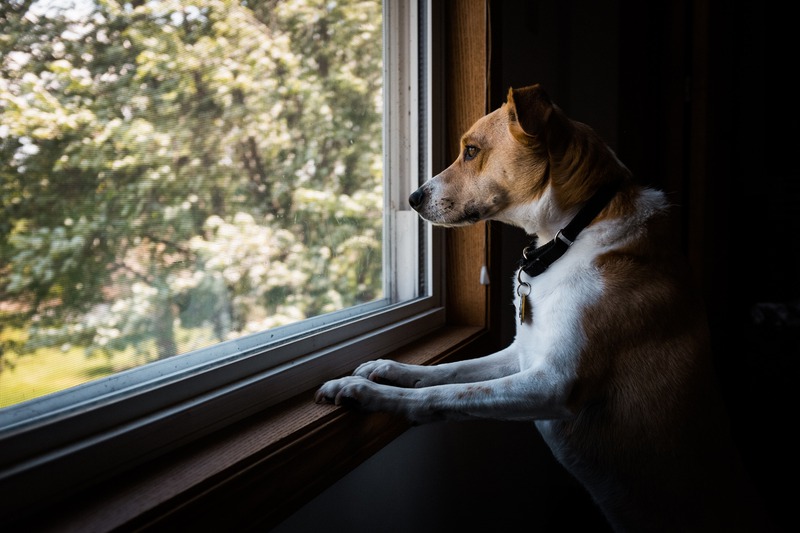As a loving pet owner, having your furry friend undergo surgery can be both a stressful and worrying experience. Once the procedure is over, your role as a caregiver becomes paramount to ensure that their recovery is as comfortable and quick as possible. Creating an environment that is conducive to healing is crucial, and it’s not just about a spot on the sofa. A well-thought-out post-op care plan makes all the difference.
Preparation is Key
Before your pet even heads into surgery, start preparing. A calm, quiet space should be designated for their recovery. Think of it as setting up a personalized recovery room. Ensure this area is easily accessible and free from the hustle and bustle of household activities. Stock this space with plush bedding to support your pet’s joints and make sure it’s in a temperature-controlled room to prevent them from feeling too cold or too hot.
Accessibility and Comfort
After surgery, your pet’s mobility might be limited. Consider all their needs and ensure that food, water, and a comfortable resting place are within easy reach. If your pet is unable to move freely, you may need to bring these essentials to them. For added comfort, use extra padding in their bedding, such as soft blankets or a memory foam mattress designed for pets.
Managing Pain and Medication
Proper pain management is crucial for a comfortable post-surgery recovery. Always follow your veterinarian’s instructions when it comes to administering medication. Keep a written schedule to track when the meds were given to avoid any confusion. Also, be mindful of your pet’s behavior, as it can indicate their comfort levels and if their pain is being managed effectively.
Special surgeries, such as those related to the eyes, may require adherence to specific care instructions or protective gear to prevent the pet from rubbing or scratching the area. In such cases, finding a professional animal eye vet in Apple Valley, CA, or your local area can provide the necessary guidance to ensure proper healing.
Reducing Stress and Anxiety
Anxiety can impede your pet’s healing process, so maintaining a serene environment is essential. Soft music has been known to have a calming effect on animals, as does the presence of familiar toys or a worn item of your clothing that carries your scent. This can give them a sense of security and reduce feelings of isolation.
Nutrition and Hydration
Proper nutrition and keeping your pet hydrated are fundamental for a speedy recovery. Offer frequent small meals that are easy to digest, especially within the first few days post-surgery. Ensure there is always a bowl of fresh water available, and encourage your pet to drink in order to prevent dehydration.
While strenuous activities should be avoided, keeping your pet mentally stimulated will help prevent boredom. Low-effort games, gentle massages, or simply spending quality time together could make a world of difference. Remember to always adhere to the activity restrictions advised by your veterinarian.
Follow-up and Check-ins
Regularly check the surgical site for signs of infection or irritation, and maintain communication with your veterinarian. It’s crucial to adhere to the follow-up care schedule and go for all the post-surgery check-ups to ascertain the healing process is on track.
Monitoring Your Pet’s Progress
Keep a daily log of your pet’s recovery progress. Note any changes in behavior, appetite, and activity levels as these can indicate how well the surgical site is healing. Should anything seem amiss, contact your veterinarian promptly.
Considering Special Needs
Some pets, especially senior animals, may have additional needs for geriatric veterinary care post-surgery. This could involve more frequent monitoring or adjustments in pain management strategies. Engaging in compassionate care tailored to older pets is crucial for their comfort and well-being.
Creating a Safe Environment
Lastly, to ensure safety during recovery, remove any potential hazards from your pet’s environment. This includes securing electrical cords, removing small objects that can be swallowed, and ensuring that other pets in the house do not disturb the one recovering. Peace of mind comes from knowing your pet is safe in their surroundings.
-
Elevate and secure food and water bowls if your pet has difficulty bending down.
-
Restrict access to stairs or other areas that might cause exertion.
-
Consider crate rest or a pet playpen for controlled rest, if recommended by your veterinarian.
Routine procedures like puppy neutering may not require extensive recovery time, but still need special attention. Comfort, cleanliness, and keeping them from interfering with the incision site are all important aspects of post-op care.
Seek Support
Having a support system during this time can be just as beneficial for you as the pet owner as it is for your pet. Don’t hesitate to reach out to friends, family, or online communities for advice, support, or simply a listening ear. Managing your own stress impacts how you care for your healing pet.
Closing Remarks
Creating a comfortable post-surgery environment is not just about the physical healing of our pets but also their emotional recovery. From managing pain to arranging follow-up visits, every small action adds up to a big impact on your pet’s health. With your care and attention to detail, you can facilitate a smooth recovery journey, allowing your cherished companion to return to being their happy, healthy self.

